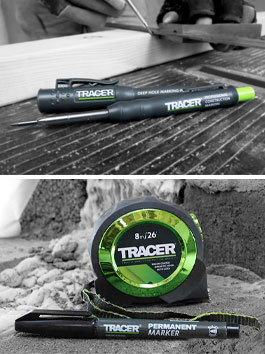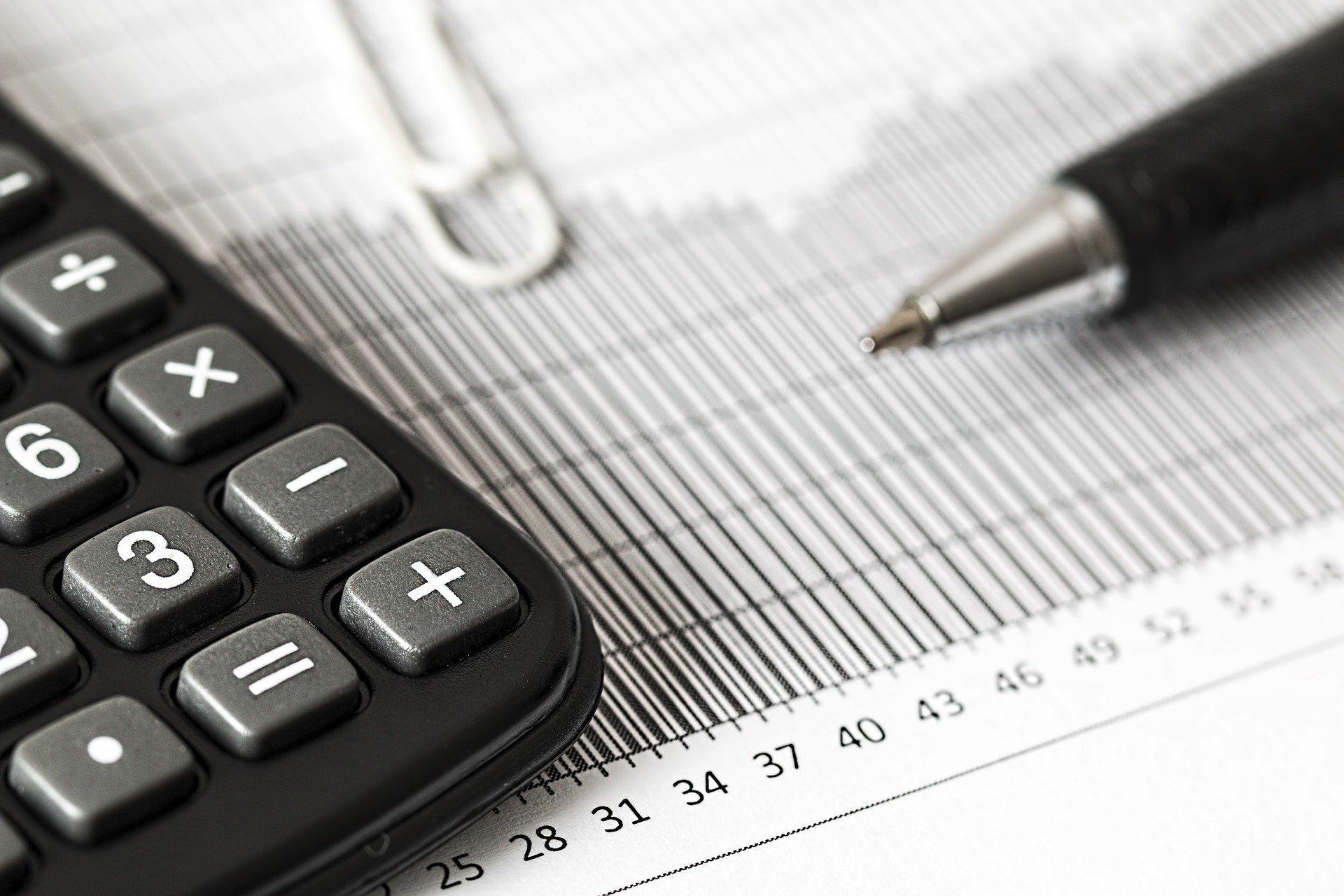The annual Self-Assessment tax return deadline is just weeks away and if you haven’t already taken action, now’s the time. However, many tradespeople and their businesses have been affected by Covid-19. Plus, with significant changes introduced by the Government in 2020, it’s even more important to ensure you understand what you need to do. For this reason, we wanted to guide you through the recent changes and help you complete your Self-Assessment tax return.
What changes have taken place to Self-Assessment as a result of Covid-19?
As part of the Government’s support package for businesses impacted by Covid-19, the deadline to pay the second payment on account for the tax year 2019/20 has been deferred from 31st July 2020 to 21st January 2021.
In addition, the Chancellor announced a further change in September 2020 in which a 12-month Time to Pay extension would be introduced to those affected by Covid-19. This means that payments deferred from July 2020 and those due in January 2021 will now be able to be spread over the next 12 months subject to HMRC agreement, under a Time to Pay arrangement.
When do I need to make Self-Assessment payments?
If you don’t agree a Time to Pay with HMRC, or you have deferred this and it hasn’t been paid, the July 2020 payment along with the balancing payment will be due 31st January 2021. Plus, you will also be required to make your first payment on account for the 2020/21 tax year which is calculated at 50% of your 2019/20 tax liability. Therefore, you will be paying the equivalent of a whole years’ tax in one go.
However, if you have agreed a Time to Pay extension with HMRC, then the July 2020 payment (if not already paid) and the balancing payment from 2019/20 can be paid in 12 monthly instalments before 21st January 2022. Please be aware that you will still have to pay your first payment for the 2020/21 tax year. But to enable this, a tax return will need to be submitted and a Time to Pay agreement reached before the 31st January 2021 deadline.
How can I apply for a 12-month Time to Pay extension?
If you have been impacted by Covid-19 and wish to agree a Time to Pay with HMRC, the January 2021 Self-Assessment tax return will still need to be completed. on time by 31st January 2021. Due to the standard procedure, HMRC will not discuss a Time to Pay arrangement until this (and any previous unfiled tax returns) are filed.
Those with a tax debt of up to £30,000 will be able to set up a 12-month payment plan online if they are facing difficulties in paying. Those with debts over this amount will need to speak to HMRC to set up the plan, but please be aware HMRC are always very busy during this time.
Check if you need to send a Self-Assessment tax return
If you’re unsure whether you need to file for a self-assessment tax return, read our checklist of assumptions below.
- You have one self-employment (one business)
- You’re using the cash basis, which is a very simple way of doing a UK tax return (this isn’t for everyone so seek advice from an accountant)
- You have a fictitious turnover of £30,000 a year with £10,000 business expenses and capital expenditure combined which gives a taxable profit of £20,000
- There’s nothing unusual about your tax situation
- You’ve received your letter from HMRC
- You already have your Government Gateway Login (if you’ve left this until the last minute, speak to HMRC very quickly as this can take some time to sort out)
If any of the above applies to you, you will need to make time to prepare filling your online tax return. This includes Income Tax, Dividend Tax, Corporation Tax and VAT depending on your business type.
If you’re still unsure, check out this useful tool from HMRC. If you’re in need of accountancy advice, we recommend getting a good accountant as they will probably help you save more money than they’ll charge you.
Get started with your Self Assessment tax return
According to figures 36% of self-assessment taxpayers under-reported their taxes, whilst 60% of self-employed people were underpaid.
Self-employment has been one key factor to the unemployment rate dropping below 4% for the first time in decades in 2017, with the UK labour market growing from 3.3 million to 4.8 million. The rapid growth may relate to the increased number of fines self-employed people are receiving as they are making silly mistakes, possibly due to being informed incorrectly. Consequently, we have prepared some quick, useful links below to give you some guidance on how to get started.
If you’re a small business, don’t forget about these costs you can claim back on:
- Salary costs: Contractors, Salaries
- Office costs: Rent, Insurance, Stationery
- Transport costs: Petrol, Train, Parking
- Training Course: Must be related to your business but not about how to start a new business
- Advertising & Marketing: Free Samples, Website cost and Mailshots
- Clothing: Protective gear
- Reselling Goods: Materials, producing cost of goods
Please note we’re not consultants. This blog is intended as a guide, you should do your own research and always follow HMRC requirements.
Image by Steve Buissinne from Pixabay


